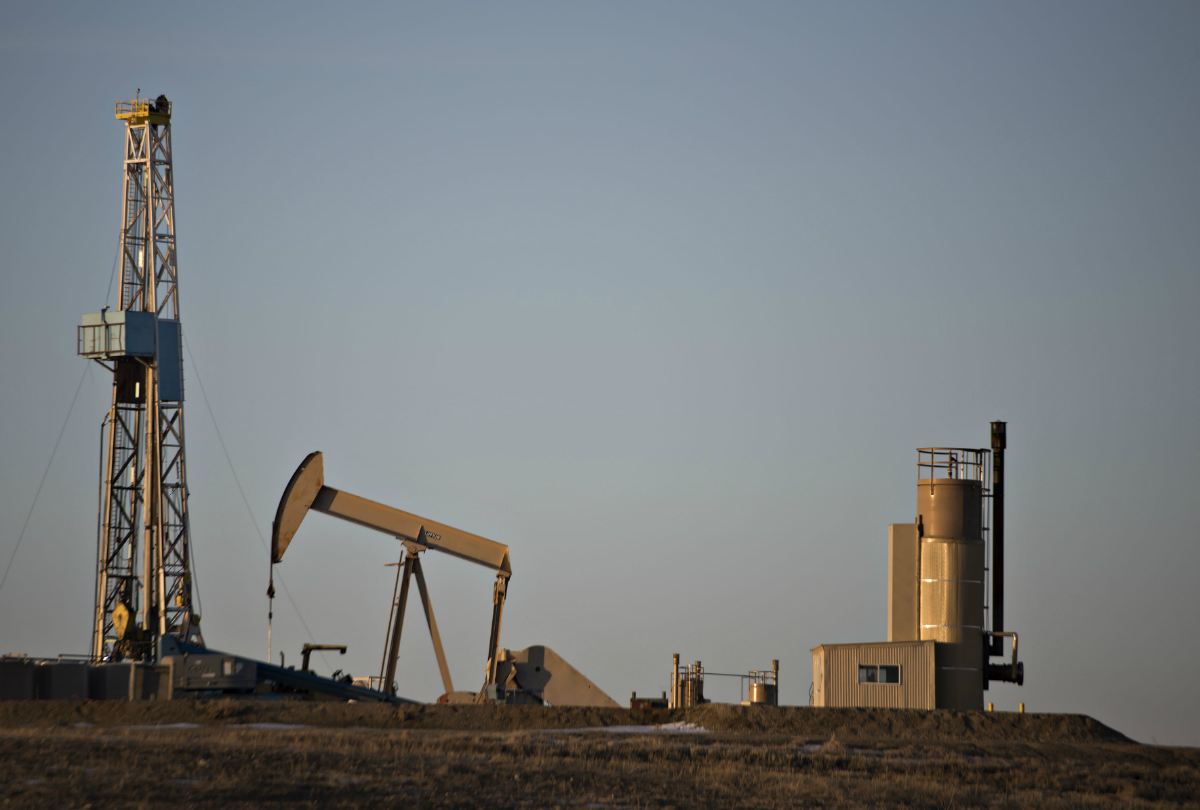January’s oil production saw a slight dip, North Dakota’s energy sector appears to be maintaining a steady course, according to the latest Director’s Cut meeting from the Department of Mineral Resources (DMR).
However, officials are keeping a close watch on market fluctuations and potential policy changes that could reshape the state’s energy landscape. “We seem to be in a steady state of production the last few months,” noted Nathan Anderson, Director of the Department of Mineral Resources, acknowledging a minor reduction of “roughly 20,000 barrels per day” from December to January.
January’s oil production reached 1.72 million barrels per day, a 1.7 percent decrease from December, attributed to a mid-January cold spell and slightly fewer completions. Gas production also saw a slight decline, with January’s output at 3.3 BCF per day. “I would expect February due to its very cold temperatures to have similar results,” Anderson predicted.
Despite these minor fluctuations, the state’s rig count remains consistent, with 32 rigs currently operating. “The trend is consistent with that of January,” Anderson stated. However, they are also closely monitoring the price differential between North Dakota’s oil and the WTI benchmark. “That discount to WTI…is the highest spread that we’ve seen since the 2020 timeframe,” Justin Kingstead, director of the North Dakota Pipeline Authority, explained, emphasizing that “every dollar is incredibly meaningful” to the state’s budget.
Looking ahead, the DMR is keeping an eye on potential policy changes, including a bill aimed at incentivizing drilling outside the Bakken and Three Forks formations. “I actually look at that particular bill as an opportunity to gain more data and insight and more production outside the Bakken and Three Forks formation,” Anderson said. “Right now, the tax revenue coming in from that is at zero.”
On the natural gas front, flaring remains at a steady 4-5 percent, exceeding DMR requirements. “We’re seeing more wells in January getting connected to gas sales than new wells producing gas,” Kingstead reported, highlighting the industry’s efforts to minimize waste.
Regarding pipeline infrastructure, ongoing projects are showing “encouraging developments,” though details remain limited. “It’s going to be a little bit more time before we have any real clarity to share of what the infrastructure systems will look like here going forward,” Kingstead said.
As North Dakota’s energy sector navigates market uncertainties and potential policy shifts, officials emphasize the importance of staying informed and adaptable. “I certainly think that as some time passes with the current Administration in office, we will have a better idea of where prices land,” Anderson concluded.
Source: Click Here

